![]()
The Pixel 5 is the latest showcase for Google’s mobile photography prowess, boasting cutting-edge HDR and low light capabilities. But the phone has also made a key camera hardware change this year. It has dropped the 2x 16MP telephoto capabilities from the Google Pixel 4 in favor of a 16MP wide-angle lens. While many will rejoice at the flexibility of a wide-angle lens, the lack of telephoto zoom is a glaring omission in a market filled with triple and quad-camera setups.
In an attempt to side-step the absence, Google once again turns to software chicanery. Super Res Zoom uses multi-frame capture techniques to extract extra detail from an image, allowing for a digital crop without the usual loss in quality. This isn’t a new mobile photography technique. Huawei, Oppo, and others have used it for years now as well. Google itself used the idea as far back as the Pixel 3.
Super-resolution results aren’t as flawless as true optical zoom, but can you notice any differences over typical zoom distances? Is the Pixel 5’s Super Res Zoom good enough for most use cases? I took the camera for a spin to find out.
Deep dive: Camera zoom explained: How optical, digital, and hybrid zoom work
Super Res Zoom vs optical zoom
To start with, let’s highlight some of the differences between optical and Super Res Zoom. A quick comparison with last year’s Pixel 4 seems like a logical starting point. Click here for full-resolution samples.
 Pixel 4 - 2x 100% crop Pixel 5 - 2x 100% crop
Pixel 4 - 2x 100% crop Pixel 5 - 2x 100% crop

 Pixel 4 - 2x 100% crop Pixel 5 - 2x 100% crop
Pixel 4 - 2x 100% crop Pixel 5 - 2x 100% crop

At 2x full-frame, there’s very little difference between the Pixel 4’s telephoto lens. Exposure is very similar if not identical, although colors are a little more vivid from the Pixel 4. However, cropping to 100% reveals a larger difference to fine detail. You may notice the odd halo artifact from the multi-frame nature of the technology (see the flower petals). The Pixel 4 is definitely cleaner, as you’d expect, but there’s really not a lot in it.
The Pixel 4 doesn’t have an optical zoom sensor for 3x and 5x, so I’ve compared Google’s phones to the Sony Xperia 5 II‘s 3x lens and Huawei P40 Pro‘s 5x periscope lens for longer zoom ranges.
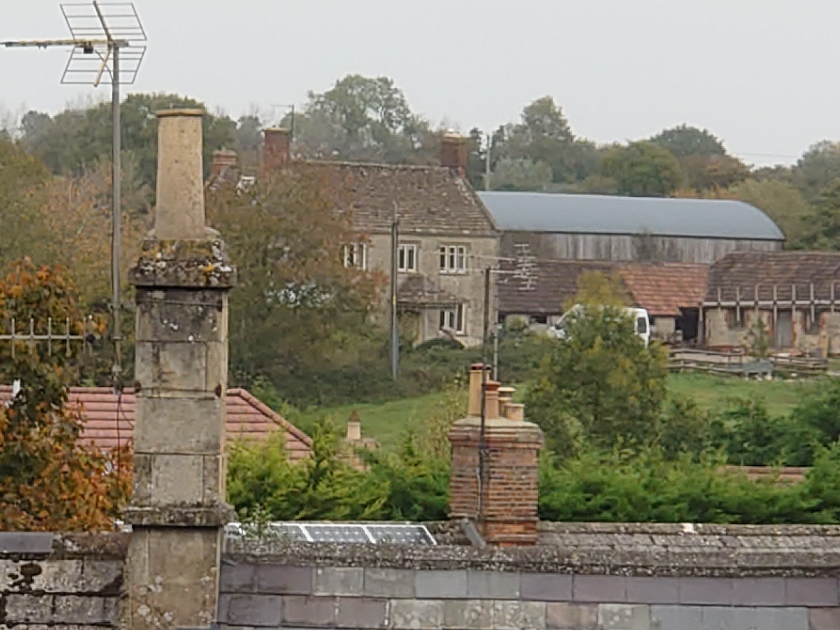
Again, the Pixel 5 looks decent at full-frame for 3x, especially on a small phone display. It’s certainly usable, but details fail to hold up when cropping in. While color and exposure are good, the phone’s small 12MP main sensor can’t extract fine details at this range. Impressively, the Pixel 4 looks as good as the Xperia 5 II at 3x, showcasing that Super Res Zoom is great for small zoom extensions.
3x is about the limit for the Pixel 5's Super Res Zoom.
Pushing the zoom to 5x widens the quality disparity. While neither Google phone produces great results at this distance, the Pixel 5 really struggles. In addition to the lack of detail and increased noise, colors and dynamic range also suffer, owing to the lack of pixel information at this zoom level. The Pixel 4 is somewhat passable for full-frame shots at 5x, but the Pixel 5 is a no go in virtually all situations.
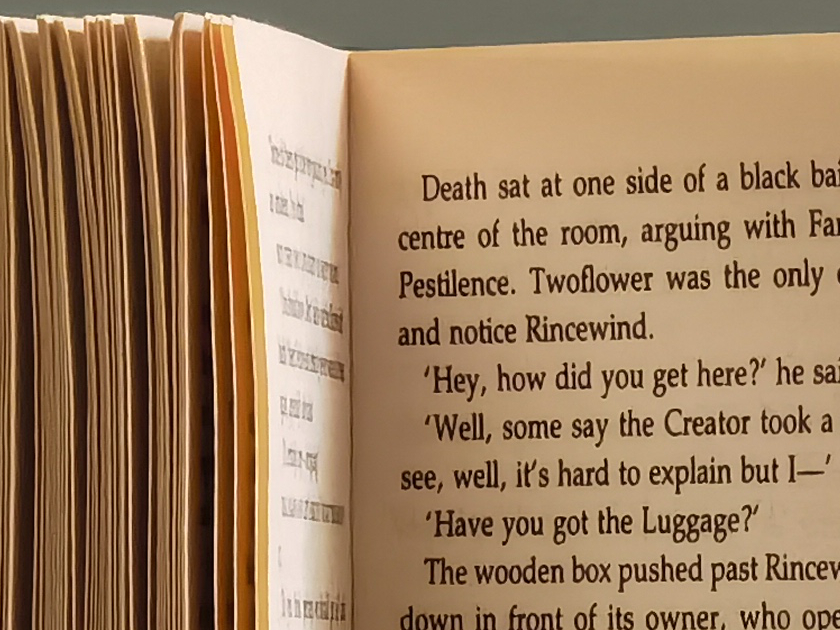
In summary, the 100% crops above don’t really do the Pixel 5’s Super Res Zoom justice. The handset performs comparably to optical zoom at 2x. It even hands in a decent performance at 3x for quick snaps. Provided you don’t pay too much attention to fine details and won’t be cropping and editing much. The further you extend the zoom, the worse the results, as we expect. 3x is really the limit before Super Res Zoom displays noticeable artifacts, even at full-frame. The Pixel 5 struggles much more at 4x and beyond, especially compared to optical zooms.
Real-world “blind” shots
Cropped comparisons are good for reference, but we seldom worry about exact zoom factors and 100% details when trying to snap a quick shot in the real world. To spice things up a bit, I took the second batch of pictures a little differently.
I framed each shot how I wanted without looking at the zoom factor ahead of time, then took a comparison shot on a rival phone. These images are taken at all sorts of odd zoom factors, like 1.8x and 3.2x. This is much more reflective of real shooting scenarios and doesn’t favor any optical zoom sweet spots found on some phones.



The Pixel 5’s pictures look pretty good, bar the 7x example. The general rules from before apply: the longer the zoom the more noticeable the quality gap between the Pixel 5 and the Pixel 4, as well as other optical zooms. Details don’t hold up at 3x and beyond, but even at smaller zooms, like our 1.8x example, the Pixel 5 produces more processed looking results.
Related: The best Android camera phones you can get
On the plus side, Google’s zoom tech has a consistent roll-off in quality. Unlike Sony’s Xperia 5 II or the Huawei P40 Pro where quality jumps back up once the optical lenses kick in. Quality differences aren’t as obvious at these intermittent zoom levels away from optical zoom sweet spots below 5x. Google’s software zoom is one of the best around, but it can’t make up for the lack of a proper zoom lens at longer ranges.
Super Res Zoom is impressive, but it's clear that telephoto cameras look better.
Even at small zoom distances, details are a little oversharp and blacks can be too dark, producing somewhat artificial-looking results compared to other phones. Likewise, colors and white balance can change slightly compared to the Pixel 4, owing to the different sensors at longer zooms. Despite this, you have to know what you’re looking for to notice these issues. Without a side-by-side comparison, the Pixel 5 produces good looking images up to 3x. But it’s clear that the Pixel 4 and other telephoto cameras look better.
Super Res Zoom and ultra-wide: Was the Pixel 5 camera swap worth it?
My overall impression of the Pixel 5 and Super Res Zoom is that they’re passable for your average snap but will disappoint more demanding photographers. The quality difference with last year’s Pixel 4 is small when zooming up to 3x, but even then the Pixel 5’s results are more heavily processed. Beyond 3x and the Pixel 4 really pulls ahead, maintaining passable details up to about 5x.
Our verdict: Google Pixel 5 review — The best premium Pixel
Whether the Pixel 5 is the right phone to capture your photographs depends on whether this drop in zoom quality is worth the added flexibility of the new wide-angle lens. I’ve been experimenting with that lens too and my feelings are mixed.
 Google Pixel 4 - 1x Google Pixel 5 - wide-angle
Google Pixel 4 - 1x Google Pixel 5 - wide-angle
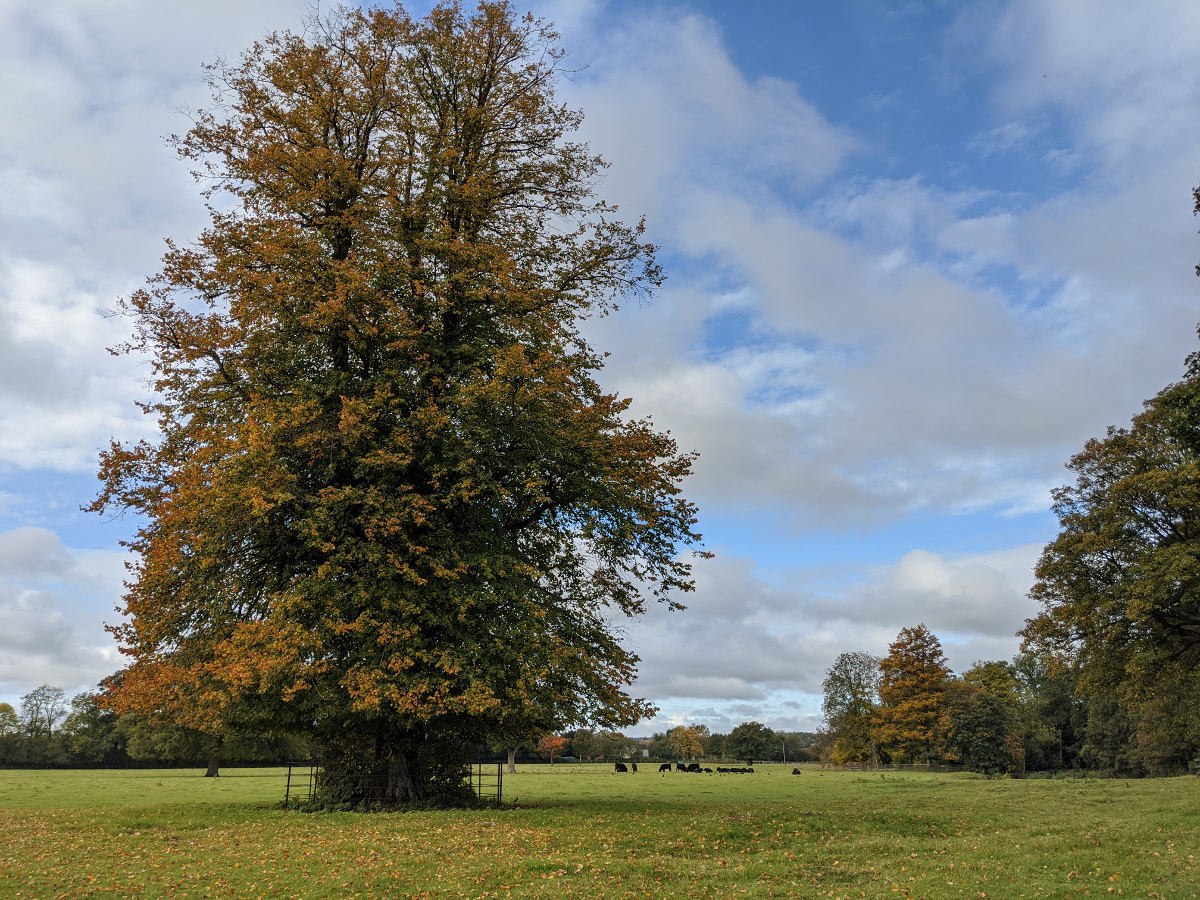
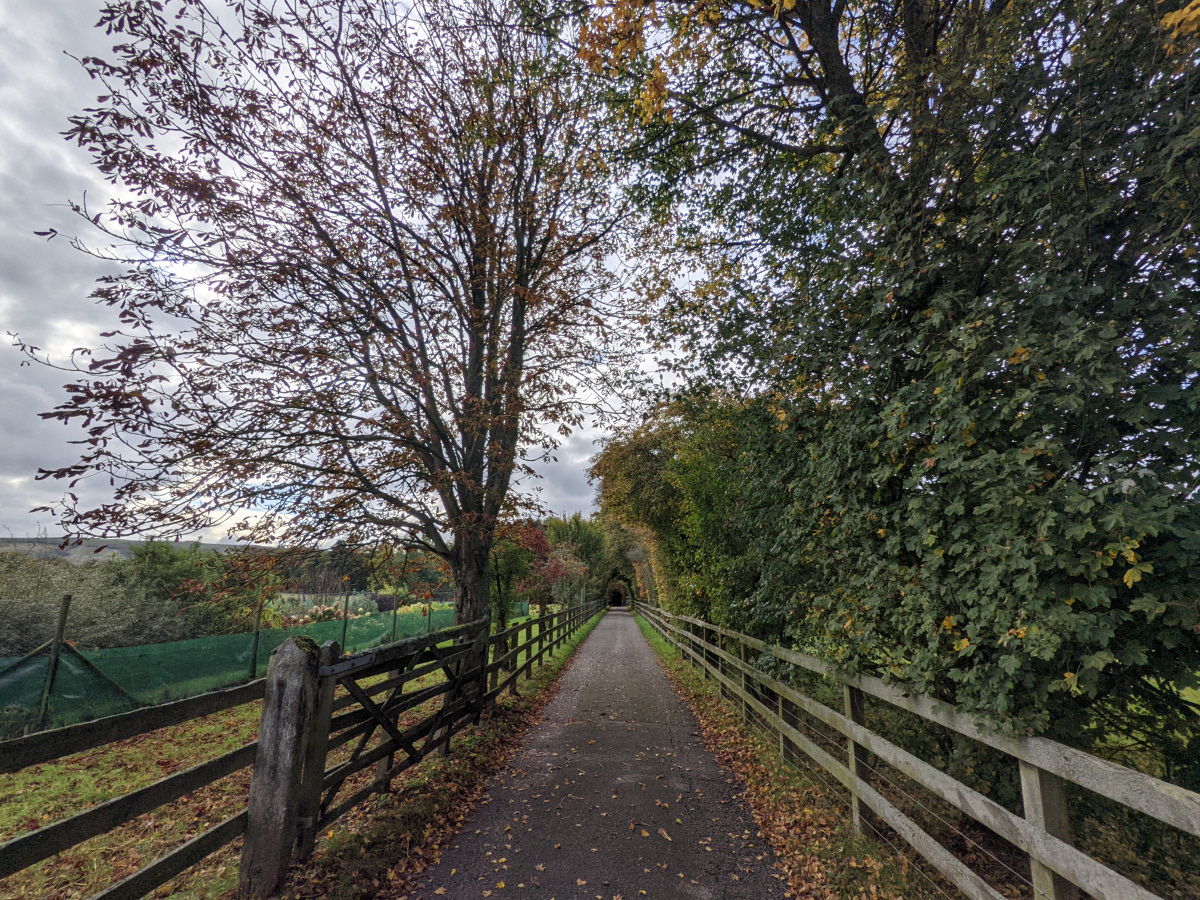 Google Pixel 4 - 1x Google Pixel 5 - wide-angle
Google Pixel 4 - 1x Google Pixel 5 - wide-angle
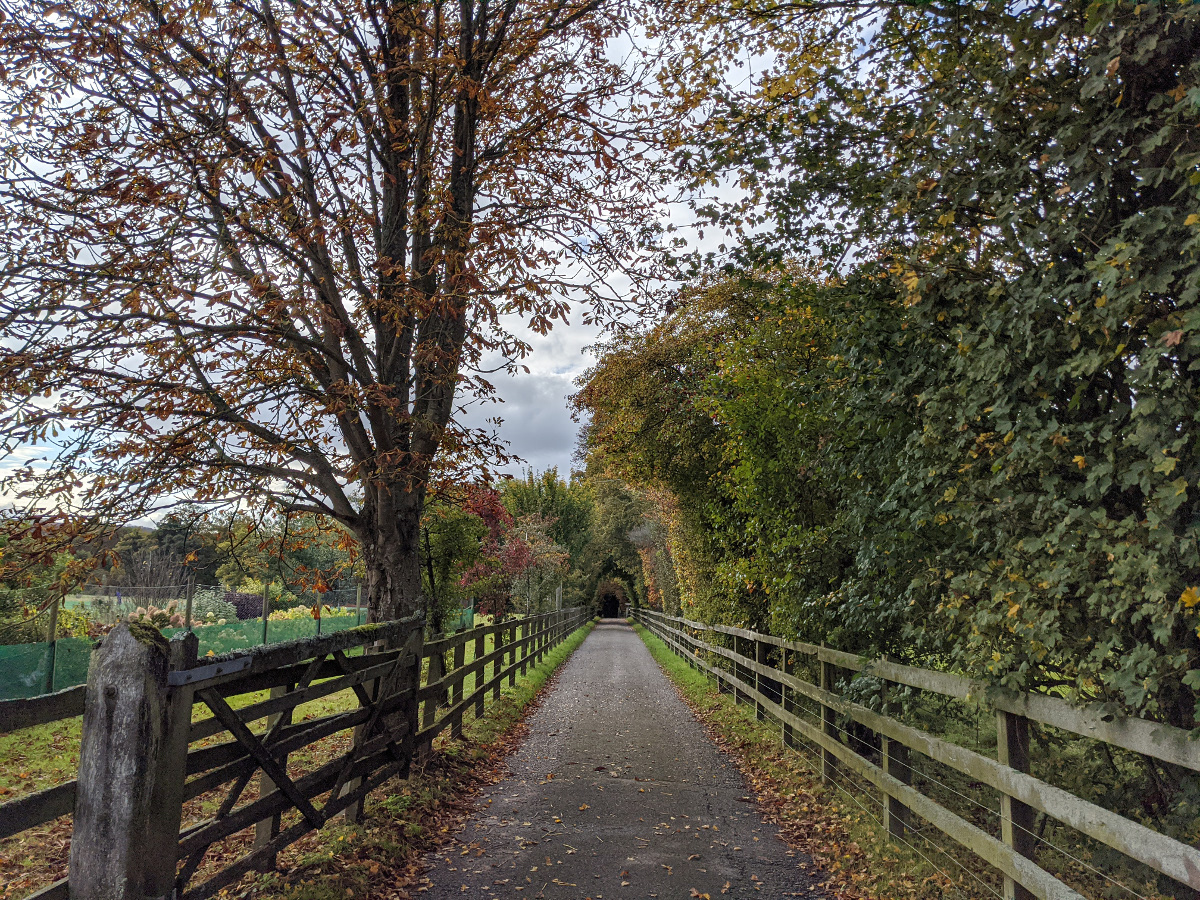
Wide-angle lenses free from distortion and with excellent focus are hard to build. Google Pixel 5’s implementation has some common flaws. Details are lacking owing to a fixed focal length, dynamic range is inferior, and colors look washed out compared to the main sensor. The extra width can be nice, although it’s not a particularly wide lens. Overall, the Pixel 5’s wide-angle pictures aren’t up to Google’s usual quality.
I’ve always been a fan of zoom capabilities, so the Pixel 5 falls short of my photography needs. I’m not convinced the new wide-angle camera offers good enough quality or flexibility to justify the move away from telephoto either. Super Res Zoom is OK, but the Pixel 4’s telephoto zoom was better.
from Android Authority https://ift.tt/2T492hm
https://ift.tt/3jaOvCm by # TOPTACHNOTALK

No comments: